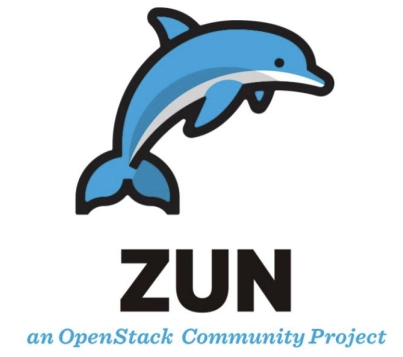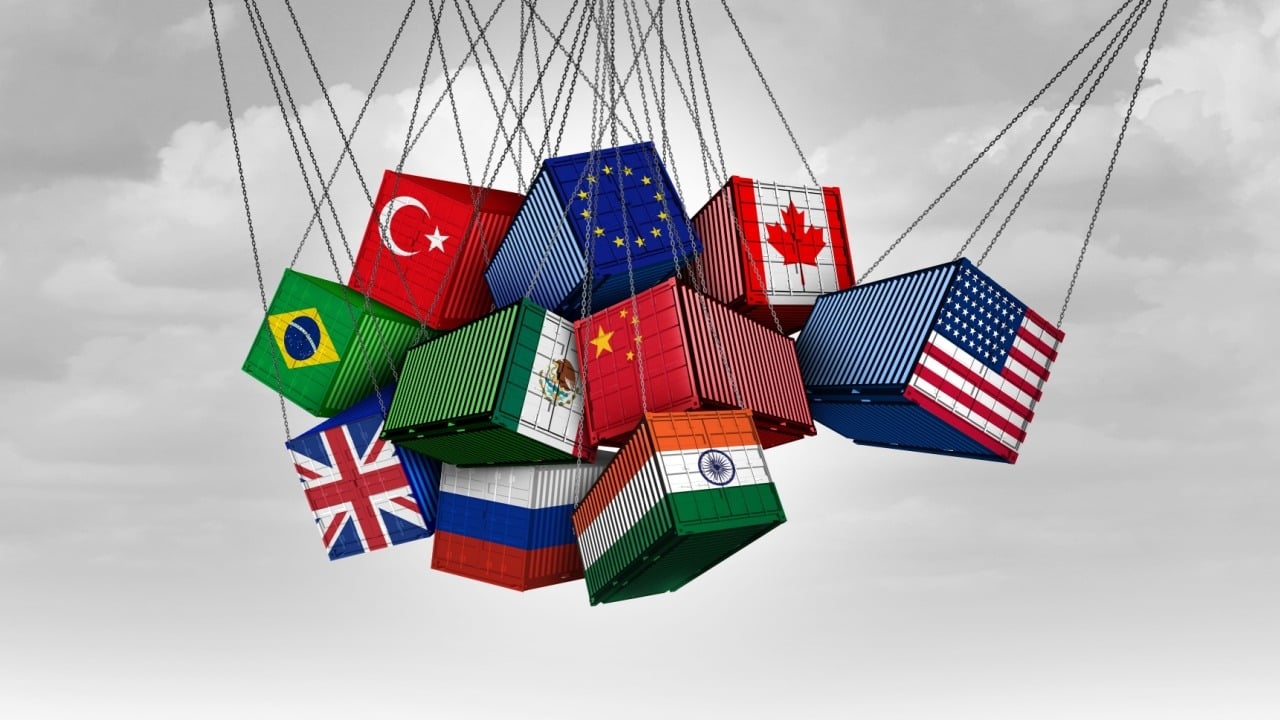Technical and Business Refinement: Why Tech Teams Cannot Ignore It
In a tech team, two key moments are expected when defining new tasks: technical and business refinements. Technical refinement is when developers analyze the best way to implement a new requirement. Business refinement is when the business team outlines the expected outcome of the delivery. Let’s consider the example of developing a login screen for a system, where both business and technical requirements need to be defined by the team. Understanding Technical Refinement For the login screen, the technical refinement will define the solution architecture, data types, where the data will be stored, how user credentials will be saved, and what validations will be performed in the frontend and backend. These are code-level definitions where the team will debate and reach a consensus on the best way to execute the task. Understanding Business Refinement In business refinement, this is the moment when a product person, such as the Product Manager (PM), brings customer needs and business rules that will be applied to the task. For our login screen, social network login could be a feature that customers expect. This could become a new topic in the current task or even a future task for the development team. The Connection Between Technical and Business When there is a connection between refinements, the task will be well-defined, and the developer working on it can deliver the final result within the time the team has set. During business refinement, the PM will act as the voice of the customers, bringing the team what they expect to see in the platform. In technical refinement, developers will decide the best way to provide the new features in the application. Impact on the Development Team With refinements in place, the team will deliver exactly what customers and the business expect. These moments are crucial to guiding developers on each task created in the backlog. Developers can enhance their productivity metrics and deliver value in an increasingly optimized timeframe. Clear agreements prevent misunderstandings, which is exactly the purpose of refinements. By making user needs and task expectations explicit, communication will become more precise, positively impacting the quality of digital products. Challenges and How to Overcome Them At first, implementing these new ceremonies may seem like just more meetings that take up time. However, from the perspective of development quality, accurate business definitions, and final delivery, these are some of the most important meetings for everyone. Without these moments, the team may face situations where a task is poorly defined, the PM makes changes during execution, and developers adjust the implementation on the fly. This scenario is exhausting for the developer handling the task because they have to stop, meet with peers or the PM, which delays the final delivery to the user. In addition to delays, poorly defined tasks lead to various issues. Rework may be necessary if the delivery does not meet expectations, requiring an additional task to adjust the details. Bugs can also be introduced, where the new functionality behaves differently than expected. Lastly, data inconsistencies may arise, especially when tasks involve other teams, and certain information required by the business scenario was not considered during development. Strategies for Implementation To start implementing refinements, the team can add these steps after creating tasks in the backlog. Business refinement should come before technical refinement, as it defines what is expected from the task before determining how it will be implemented. Besides the PM, other areas like sales and marketing may participate in business refinement when tasks intersect across these areas. Once refinements are completed, the task is ready to move to the To-Do column, where the developer will know exactly what needs to be developed. Teams that have refinements integrated into their routine are undoubtedly teams that deliver continuous, accurate value, developing exactly what users and the business expect in the way developers decide. The clearer a task is, the better it will be implemented. The more the business team defines what is expected from deliveries, the better the product will evolve. Refinements are stages that guide developers to constantly bring success to customers. Images generated by DALL·E 3

In a tech team, two key moments are expected when defining new tasks: technical and business refinements. Technical refinement is when developers analyze the best way to implement a new requirement. Business refinement is when the business team outlines the expected outcome of the delivery. Let’s consider the example of developing a login screen for a system, where both business and technical requirements need to be defined by the team.
Understanding Technical Refinement
For the login screen, the technical refinement will define the solution architecture, data types, where the data will be stored, how user credentials will be saved, and what validations will be performed in the frontend and backend. These are code-level definitions where the team will debate and reach a consensus on the best way to execute the task.
Understanding Business Refinement
In business refinement, this is the moment when a product person, such as the Product Manager (PM), brings customer needs and business rules that will be applied to the task. For our login screen, social network login could be a feature that customers expect. This could become a new topic in the current task or even a future task for the development team.
The Connection Between Technical and Business
When there is a connection between refinements, the task will be well-defined, and the developer working on it can deliver the final result within the time the team has set. During business refinement, the PM will act as the voice of the customers, bringing the team what they expect to see in the platform. In technical refinement, developers will decide the best way to provide the new features in the application.
Impact on the Development Team
With refinements in place, the team will deliver exactly what customers and the business expect. These moments are crucial to guiding developers on each task created in the backlog. Developers can enhance their productivity metrics and deliver value in an increasingly optimized timeframe. Clear agreements prevent misunderstandings, which is exactly the purpose of refinements. By making user needs and task expectations explicit, communication will become more precise, positively impacting the quality of digital products.
Challenges and How to Overcome Them
At first, implementing these new ceremonies may seem like just more meetings that take up time. However, from the perspective of development quality, accurate business definitions, and final delivery, these are some of the most important meetings for everyone. Without these moments, the team may face situations where a task is poorly defined, the PM makes changes during execution, and developers adjust the implementation on the fly. This scenario is exhausting for the developer handling the task because they have to stop, meet with peers or the PM, which delays the final delivery to the user.
In addition to delays, poorly defined tasks lead to various issues. Rework may be necessary if the delivery does not meet expectations, requiring an additional task to adjust the details. Bugs can also be introduced, where the new functionality behaves differently than expected. Lastly, data inconsistencies may arise, especially when tasks involve other teams, and certain information required by the business scenario was not considered during development.
Strategies for Implementation
To start implementing refinements, the team can add these steps after creating tasks in the backlog. Business refinement should come before technical refinement, as it defines what is expected from the task before determining how it will be implemented. Besides the PM, other areas like sales and marketing may participate in business refinement when tasks intersect across these areas. Once refinements are completed, the task is ready to move to the To-Do column, where the developer will know exactly what needs to be developed.
Teams that have refinements integrated into their routine are undoubtedly teams that deliver continuous, accurate value, developing exactly what users and the business expect in the way developers decide. The clearer a task is, the better it will be implemented. The more the business team defines what is expected from deliveries, the better the product will evolve. Refinements are stages that guide developers to constantly bring success to customers.
Images generated by DALL·E 3










































































































































































![[The AI Show Episode 142]: ChatGPT’s New Image Generator, Studio Ghibli Craze and Backlash, Gemini 2.5, OpenAI Academy, 4o Updates, Vibe Marketing & xAI Acquires X](https://www.marketingaiinstitute.com/hubfs/ep%20142%20cover.png)



























































































































![[DEALS] The Premium Learn to Code Certification Bundle (97% off) & Other Deals Up To 98% Off – Offers End Soon!](https://www.javacodegeeks.com/wp-content/uploads/2012/12/jcg-logo.jpg)


![From drop-out to software architect with Jason Lengstorf [Podcast #167]](https://cdn.hashnode.com/res/hashnode/image/upload/v1743796461357/f3d19cd7-e6f5-4d7c-8bfc-eb974bc8da68.png?#)








































































































.png?#)





.jpg?#)
















![iPhone 17 Pro Won't Feature Two-Toned Back [Gurman]](https://www.iclarified.com/images/news/96944/96944/96944-640.jpg)












_Christophe_Coat_Alamy.jpg?#)
 (1).webp?#)





































































































![Tariffs Threaten Apple's $999 iPhone Price Point in the U.S. [Gurman]](https://www.iclarified.com/images/news/96943/96943/96943-640.jpg)















































































































































